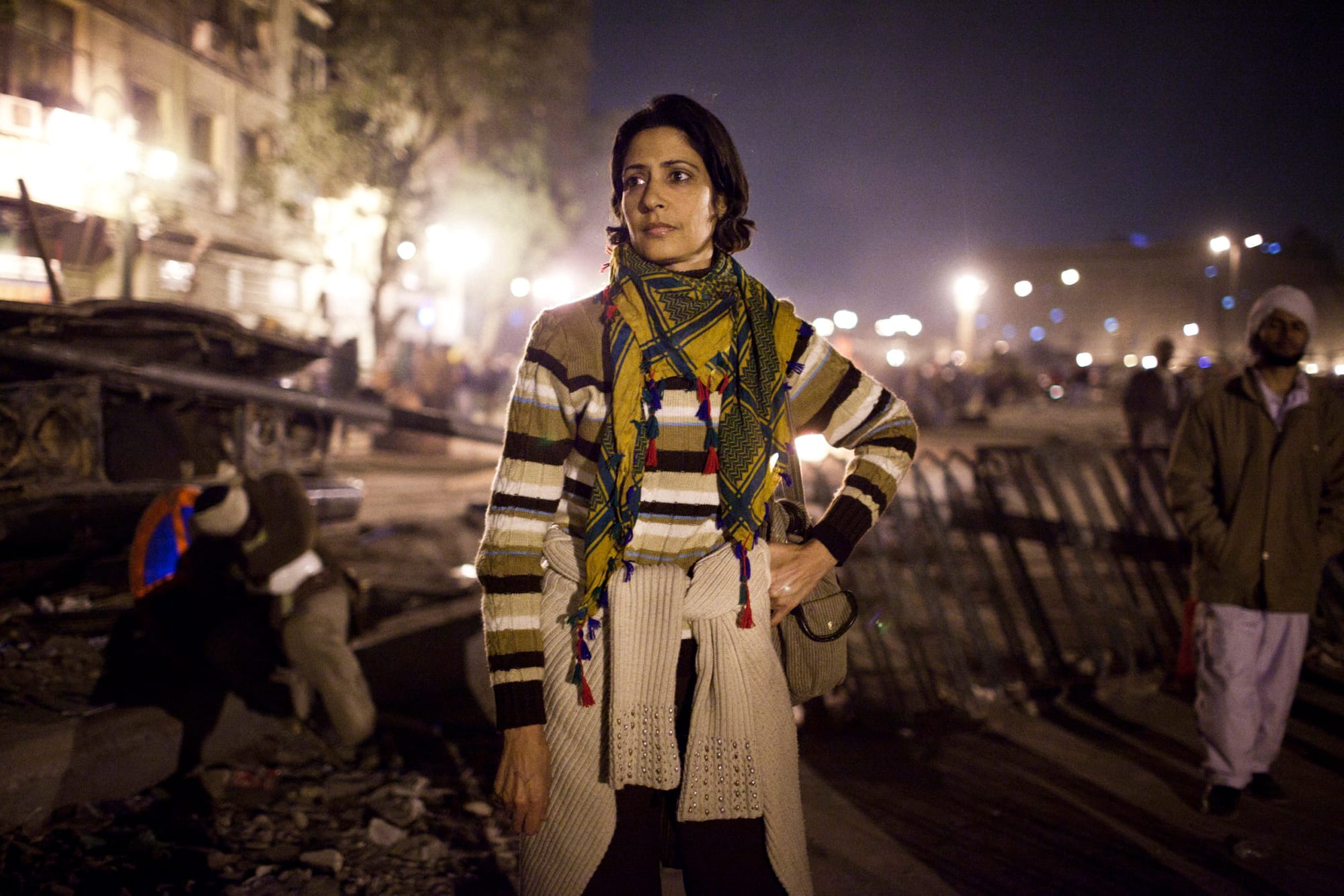Dialectics of Hope and Despair in the Arab Uprisings
Alaa Abd El-Fattah and Ahmed Douma, leading Egyptian revolutionaries, wrote these words in 2014 for the Mada Masr piece “Graffiti for Two…Alaa and Douma.” Abd El-Fattah and Douma have spent most of the last decade in jail, much of it in solitary confinement. The uncomfortable coexistence of hope and













